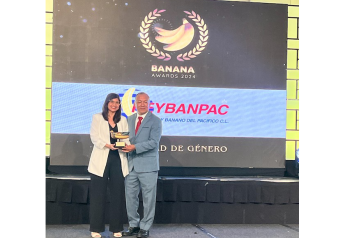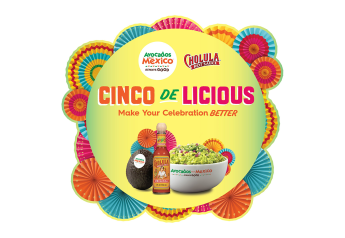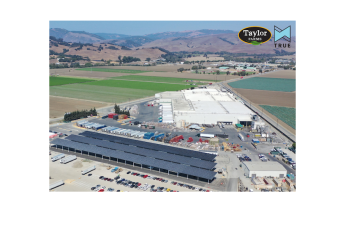Packaging sector enjoys growth during pandemic
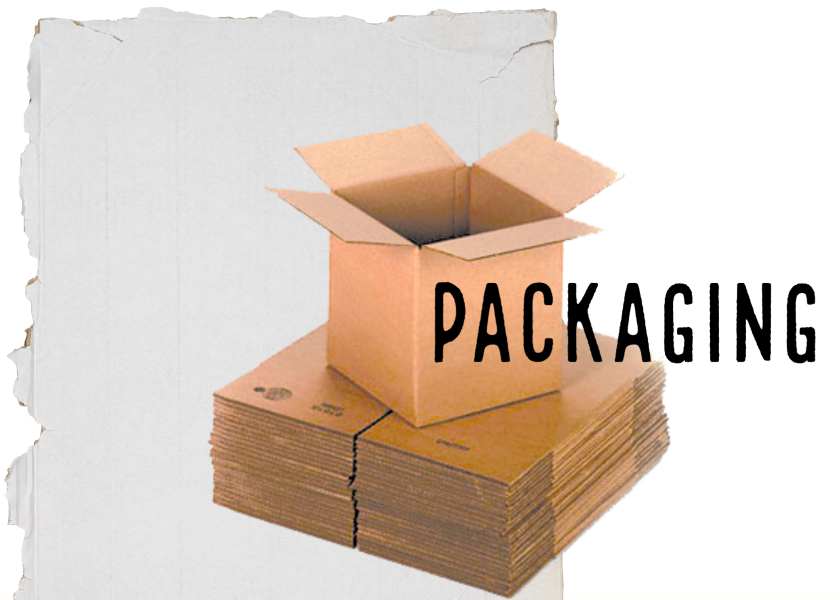
Now in its second year, the COVID-19 pandemic has given a boost to packaging sales, marketers agree.
That’s certainly the case for corrugated boxes, said Rachel Kenyon, senior vice president of the Itaska, Ill.-based Fibre Box Association.
“Consumer demands definitely have evolved during the pandemic and will continue to do so,” Kenyon said.
The health crisis has made more consumers aware of the importance of eating healthy foods and adopting healthy lifestyles, Kenyon said.
"Here is a strong demand for any and all fresh vegetables, which shows consumers are more at ease with purchasing what is available, dispelling myths that people would catch the virus from touching fruits and vegetables in some respects.” — Chris Veillon, Pure Hothouse Foods Inc.
“Along with this trend goes increased attention to sustainability — of the food and the packaging it comes in, as well as the social and economic conditions in which it is grown,” she said.
Kenyon cited, as an example, a new sustainable corrugated box for organic apples from Wenatchee, Wash.-based Starr Ranch Growers.
“They see the trend and are responding to it,” Kenyon said.
Another pandemic-inspired innovation is the U.S. Department of Agriculture’s Coronavirus Food Assistance Program, another positive packaging response to the pandemic, Kenyon said.
“Distributors package these products into family-sized boxes, then transport them to food banks, community and faith-based organizations, and other nonprofits serving Americans in need,” she said.
Kenyon noted that the USDA announced Jan. 4 that it had distributed more than 132 million food boxes in the program.
COVID-19 has forced changes at retail and among consumers that directly affect packaging, said Jeff Watkin, graphic and marketing manager with Collinsville, Ill.-based packaging manufacturer Sev-Rend Corp.
“And I see that continuing until we have a more stable social situation in place,” he said.
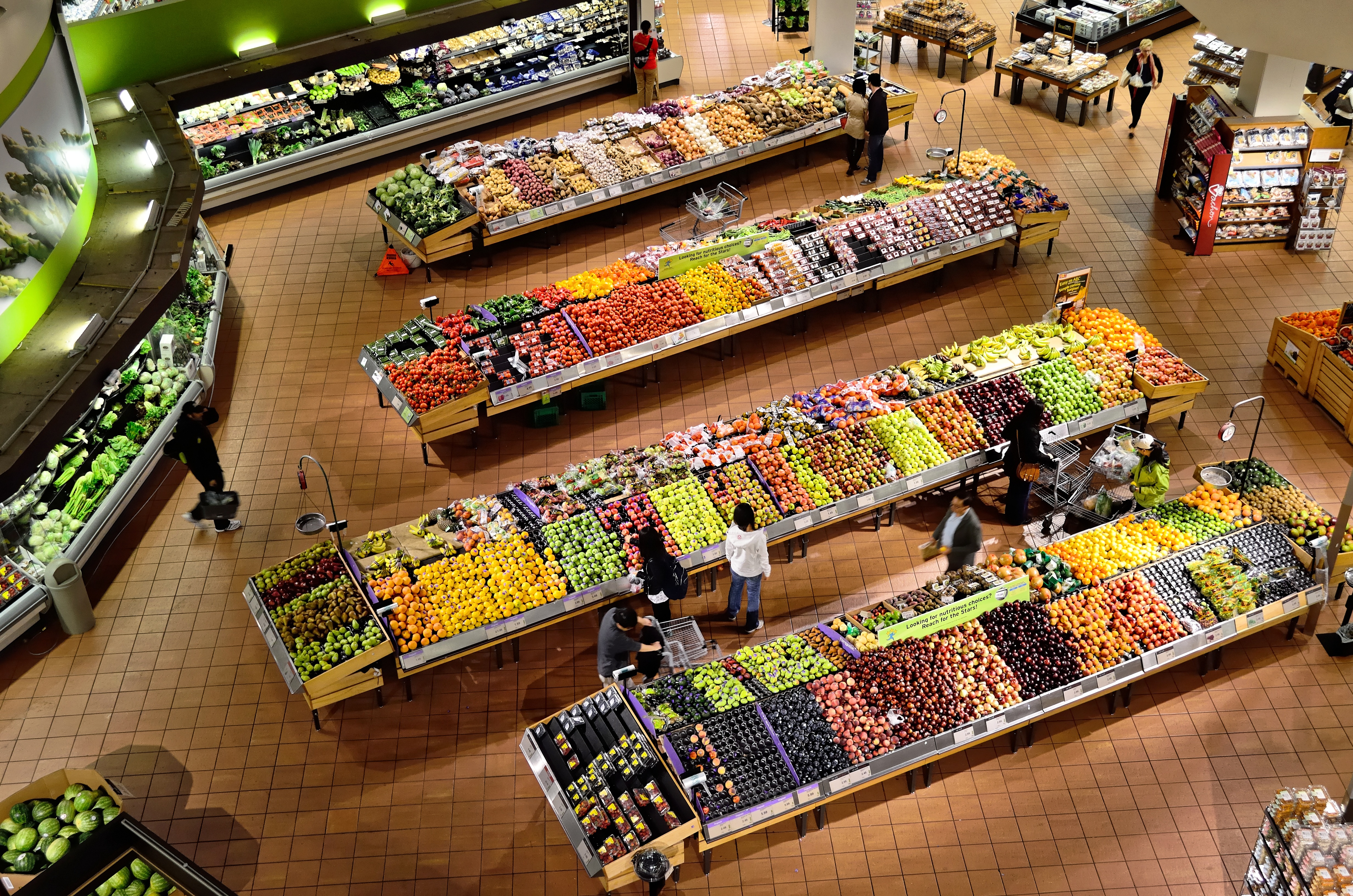
Fewer trips, bigger purchases
Fewer store visits and larger purchases per trip now are the norms for most of the population, Watkin said.
“Consumer sized packaging that fall in the 2- to 5-plus-pound size range is still in high demand,” he said. “With the stigma of loose vegetables due to COVID, the retailers, along with the consumers, are preferring the more consumer-sized packaging for the fresh produce, which drives the demand.”
During the pandemic, sales of prepackaged food have increased, as it has allowed for more “grab-and-go” purchases, said Karen Reed, director of marketing and communications for Union Gap, Wash.-based closure maker Kwik Lok Corp.
“It also elevates food safety, as compared to bulk, loose displays,” she said.
Ken Kaneko, founder and CEO at Vancouver, Wash.-based Forward Greens, said shoppers seem to be drifting back to pre-pandemic shopping habits.
“Although I think it is too early to tell if the change will be forever, I do think that COVID has caused ripples and changes in fresh produce packing that will be with us for some time." — Jeffrey Brandenburg, JSB Group LLC
“People still have to be aware of social distancing, wearing masks, and caring for personal hygiene when shopping, but I see a greater number of customers visiting stores than when the pandemic first started,” he said.
“As information and education about the virus are becoming more widespread and adopted, customers are probably gaining comfort returning to their pre-COVID routines, including in-person grocery shopping.”
One area of packaging that did fall was foodservice, and that likely won’t bounce back quickly, said Jeffrey Brandenburg, CEO of Greenfield, Mass.-based JSB Group LLC.
“Although I think it is too early to tell if the change will be forever, I do think that COVID has caused ripples and changes in fresh produce packing that will be with us for some time,” he said.
On the other hand, packaging for home-delivery meals is surging, Brandenburg said.
“This portion of the market often requires packaging that is significantly different from either foodservice or retail packaging,” he said.
A major difference is an ability to maintain food temperature, Brandenburg said.
“I think that the increased ready-meal home delivery marketspace is here to stay for some time,” he said.
Retailers will continue to have to provide both larger and smaller sizes to accommodate those who want to stock up, as well as those who want more frequent curbside pick-up or home delivery, Brandenburg said.
“Fresh produce companies who are switching from the foodservice market to the retail market are finding that they need to rethink some of their packaging and packaging technology to accommodate the requirement of smaller package sizes, increased graphics and increased shelf life,” he said.
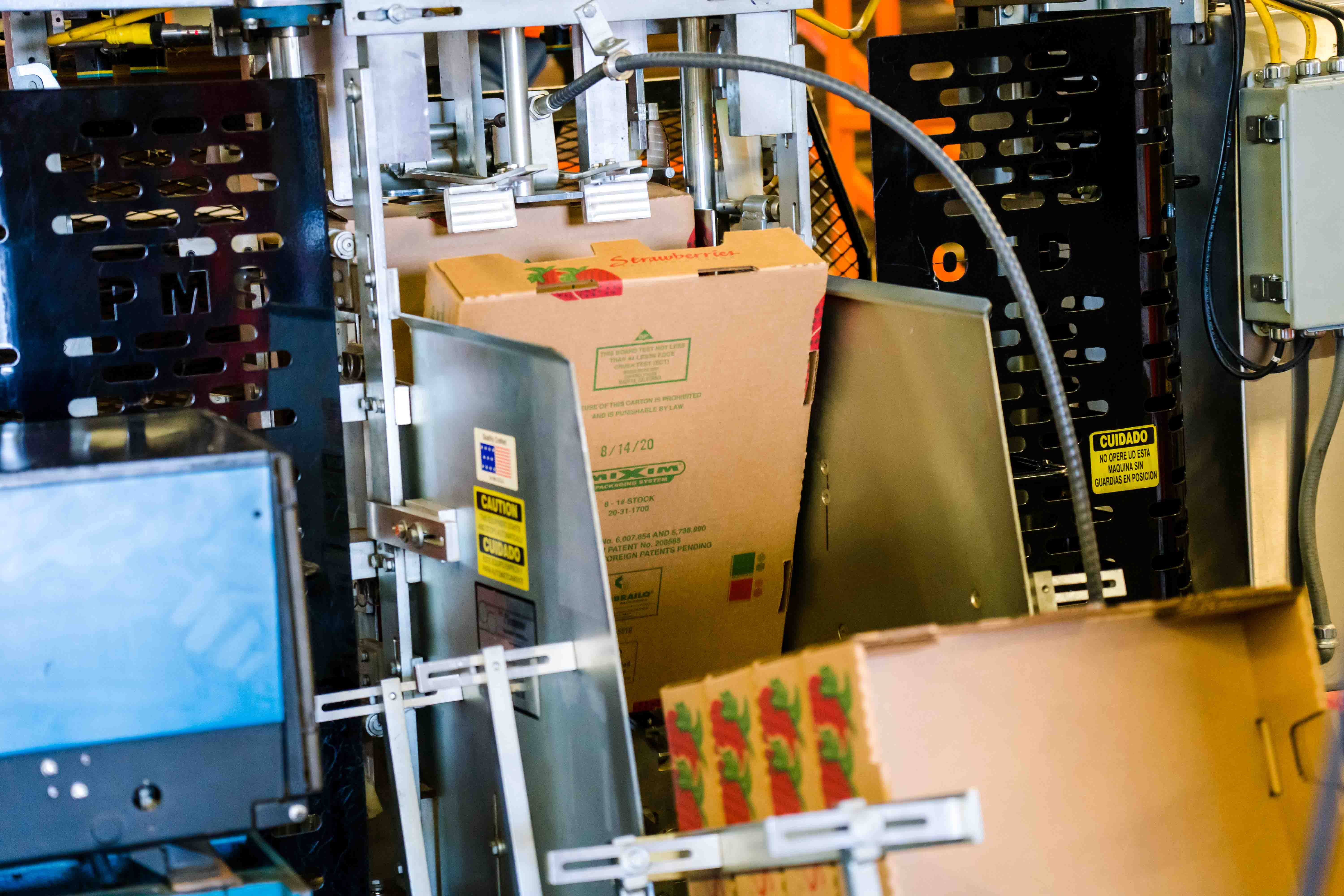
Sustainability focus
COVID-19 has also placed additional pressure on sustainable packaging to be “functionally appropriate, not just environmentally appropriate,” Brandenburg said.
“In other words, consumers like sustainable packaging but they still need optimal shelf-life extension technology, especially if they are not shopping as often,” he said.
“The greater the technology requirements the more difficult the sustainable package design.”
Customer demand for sustainable packaging remains strong, said Jackie D’Ambrosio, senior manager of new product development-omnichannel at Atlanta-based Graphic Packaging International LLC.
“Our customers’ expectations are largely unchanged in that they demand solutions that meet the global trend for sustainability against emerging pandemic-induced trends, such as the need for increased hygiene,” she said.
“Demand for stock-up sizes remains strong as uncertainty continues around COVID regulations.”
However, the demand for smaller in-home convenience packs is experiencing growth, as the consumer becomes “fatigued” with the impact of the pandemic, D’Ambrosio said.
“For our packaging to best serve customers through this period, our solutions must multitask,” she said.
“If a pack can be configured for ease of movement through the supply chain, is easy for the consumer to carry and continues to be useful in the home, the process is streamlined and unnecessary waste eradicated.”
“It will be interesting to see how customer shopping patterns evolve once the restrictions of stay-at-home are reduced or lifted. We may find consumers embrace shopping less often, so that larger size packs will continue at (the) current level or see further growth.” — Bruce Knobeloch, Monterey Mushrooms
The apple and pear categories have seen a shift toward to packaging since COVID-19 started, said Brianna Shales, marketing director at Wenatchee, Wash.-based Stemilt Growers LLC.
“We believe it’s because consumers want convenience and a ‘no touch’ option to picking up fruit,” she said.
An initial surge in bag sales in March-April 2020 has “leveled off some,” but conventional bags still are up about 10% and organic bags, 15%, said Chuck Sinks, president of sales and marketing with Yakima, Wash.-based Sage Fruit Co.
“So, these demands have certainly evolved since the pandemic; consumers are not purchasing pre-pandemic levels of bulk apples but, as we have learned more about the virus, bulk sales haven’t been hit as hard as they were last March/April,” he said.
Bruce Knobeloch, vice president of marketing and product development for Watsonville, Calif.-based Monterey Mushrooms Inc. said some retail customers cut back bulk purchases early in the pandemic, but those sales have rebounded somewhat.
“It will be interesting to see how customer shopping patterns evolve once the restrictions of stay-at-home are reduced or lifted,” he said.
“We may find consumers embrace shopping less often, so that larger size packs will continue at (the) current level or see further growth.”
When the pandemic started, consumers clamored for prepackaged items, but that started to shift in the summer and fall, when pandemic numbers were declining and people “were open” to buying bulk items again, said Chris Veillon, chief marketing officer with Leamington, Ontario-based Pure Hothouse Foods Inc.
Now, “there is a strong demand for any and all fresh vegetables, which shows consumers are more at ease with purchasing what is available, dispelling myths that people would catch the virus from touching fruits and vegetables in some respects,” he said.


